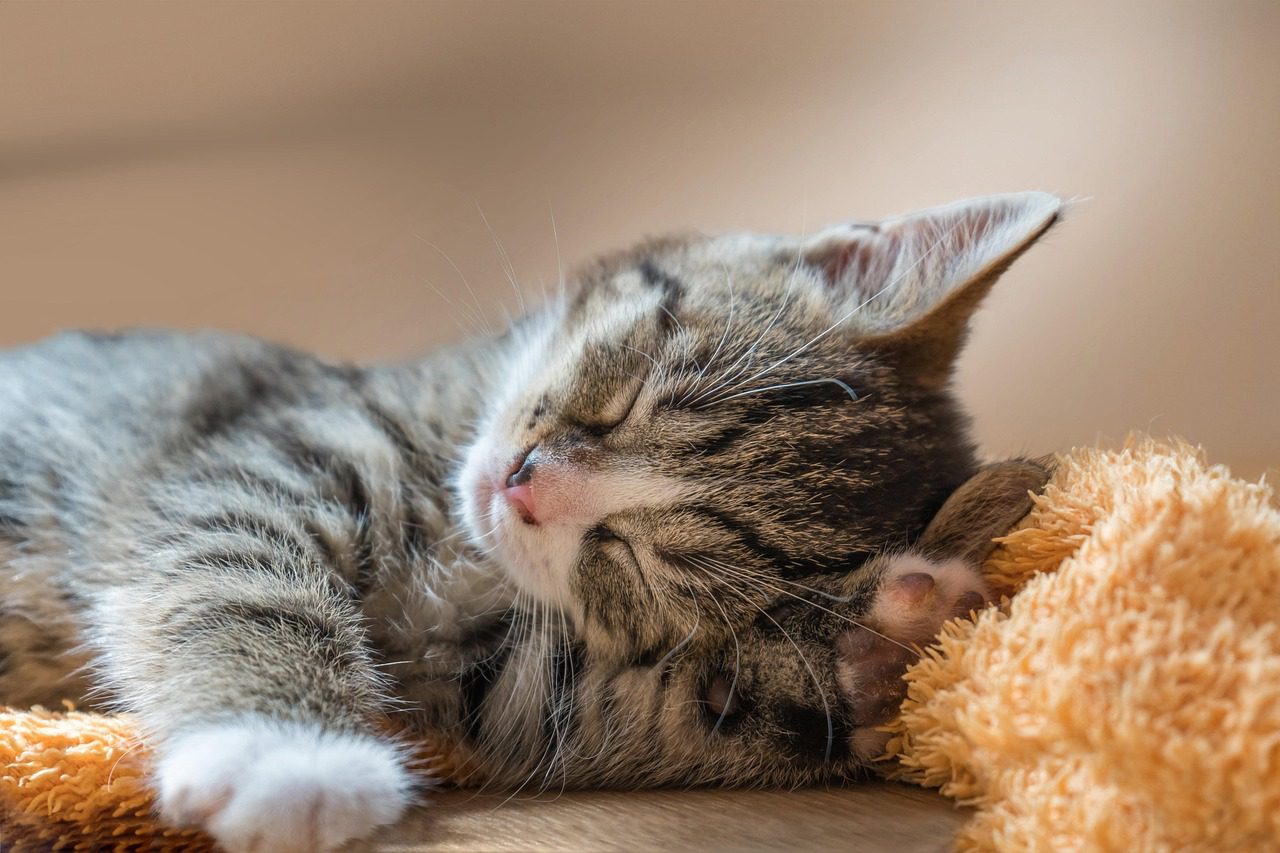This is the time of year when we tend to see a lot of itchy pets. Parasites like fleas love the warmer weather, and pets with allergies to pollen and grasses suffer the most in the spring and summer months.
I always enjoy the challenge of helping an owner with an itchy pet. Occasionally all I have to do is diagnose a flea burden and move an owner from an ineffective pet shop product onto a trusted effective vet-recommended product. But the real challenge starts when the problem is an allergy. It is tremendously satisfying to spend time helping owners to understand what might be going on, and the careful step by step pathway we follow together to reach a diagnosis and management plan.
This can involve trial medications and diets, skin sampling by biopsy, swab, fur pluck and scrapings, and blood tests to confirm allergens, as well as the 18 month process of desensitisation. At the same time we must also pay attention to parasite and flea control and other medications and shampoos.
But there is one skin condition in rabbits that is much easier than this: mange. It is easy for me to recognise, easy to confirm and easy to treat! One of those diseases that makes me look wonderfully clever!
It affects rabbits along their backs, where their owners cannot help but notice their fluffy friend is going bald. And at the edge of the baldness they experience the most severe case of dandruff you’d ever wish not to see! Oddly, it is not at all itchy, and the little ones go on nibbling and playing as if they do not mind showing off their less than perfect appearance.
I just need to take a sample of the scurf for my in-house microscope. If I am not pressed for time I sometimes get the owner and their children to look too, as it is so cool. Under 10,000x magnification you can literally see many small eight legged creatures waving their limbs about beside the scales of dead skin. That’s why this disease is sometimes called ‘walking dandruff’. If a sample is left on a table the dandruff occasionally walks off! I find it positively extraordinary that I can peek into these tiny lives via my microscope.
But we cannot let these Cheyletiella mange mites upset our pets, so a simple application of treatment onto the skin repeated three times sorts them out (and makes me look good too!)



